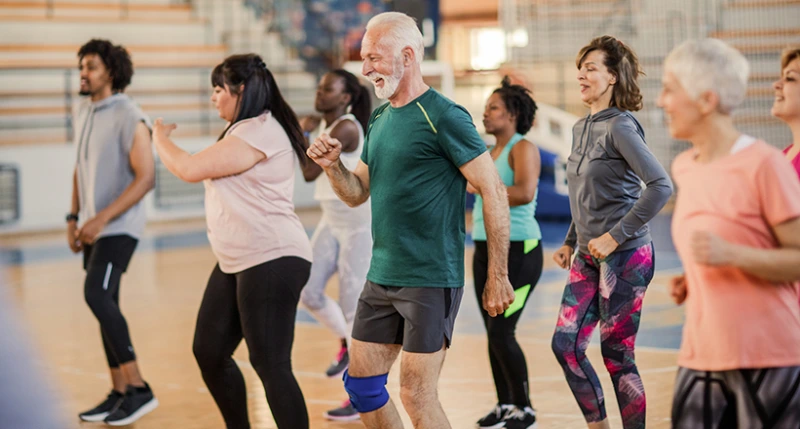
Advertisement
Exercise is essential to longevity, so make sure you do it regularly. Strength training is a key component. In general, strength training should be done two to three times a week, at least 48 hours apart. Strength training is usually done two to three times a week.
Aerobic
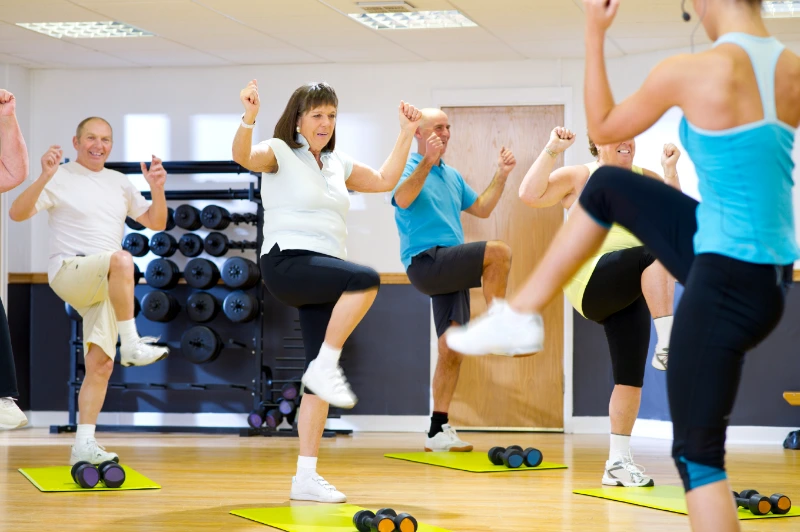
Doing a variety of physical activities at different intensity levels can help you live longer. Aerobic exercise is one of the best ways to increase your lifespan. Your age, health, and body type will determine the type of exercise you should do. High-intensity exercises like HIIT are very effective and can be incorporated into your daily routine.
Studies show that aerobic exercise helps maintain muscle strength, improve brain function, and reduce the risk of disease. It can also improve your overall mood and improve your mental and emotional health. It also helps maintain mobility and reduce the risk of falls. It also improves cognitive function, which helps prevent Alzheimer's and other age-related diseases.
Strength training
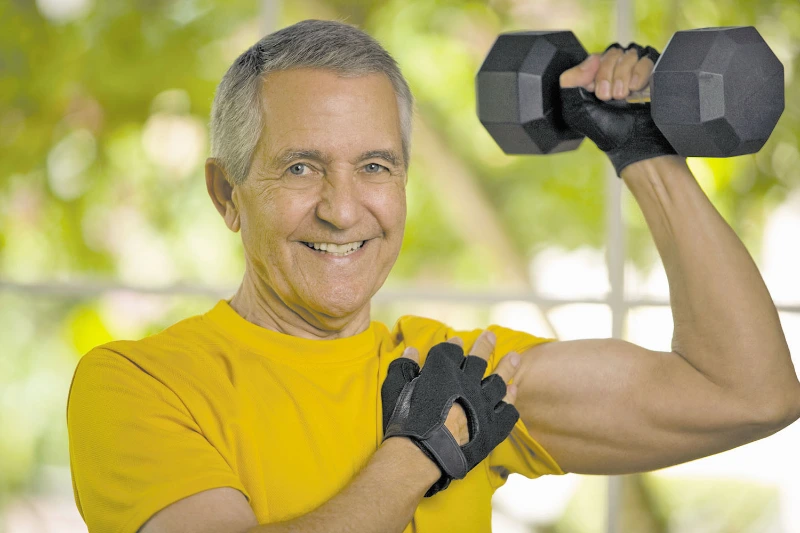
While it is impossible to guarantee longevity with a single type of exercise, there are some exercises that are particularly beneficial in the long run. Regular exercise improves the health of your heart and cardiovascular system, the two most important factors in maintaining longevity. If you don't have a healthy heart, you can't do more than 10-15 minutes of intense workouts and recover quickly. Maintaining a healthy heart is essential for your entire body. Strength
training is especially important for longevity, even though regular physical activity is great for general health. Strengthening and toning your muscles can help you maintain mobility and independence throughout your life. These benefits include reducing the risk of various diseases and extending your lifespan. For example, improving explosive power and endurance with bodyweight exercises.
Zone 2 training
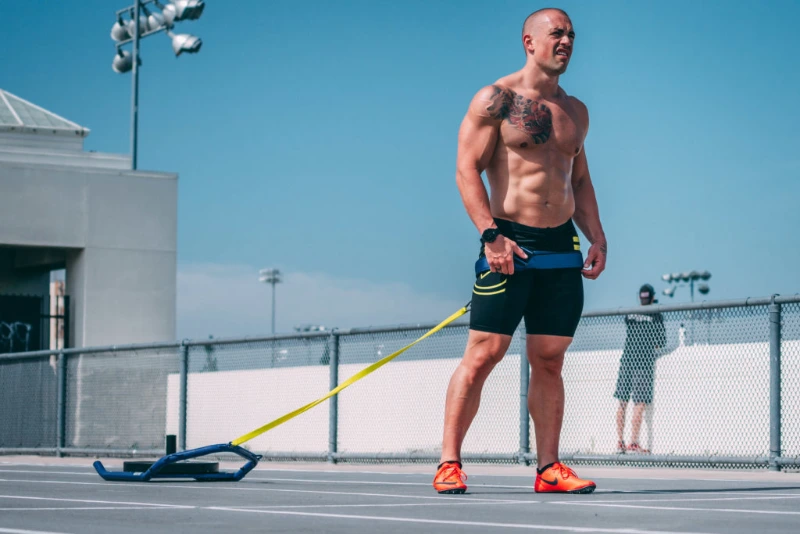
Training in Zone 2 has many benefits. The slow pace increases the production of lactic acid, helping you stay fit and active for longer. It makes your body burn more fat and use more glucose during exercise. Type 1 muscle fibers, which have the highest mitochondrial density, are also stimulated by Zone 2 exercise. The intensity
of Zone 2 training varies from person to person, but it is ideal for those who want to increase their lifespan. This training is best done for 45 minutes and requires a low heart rate. It not only enhances brain function but also helps increase neurotrophic factors.
Sitting on the floor
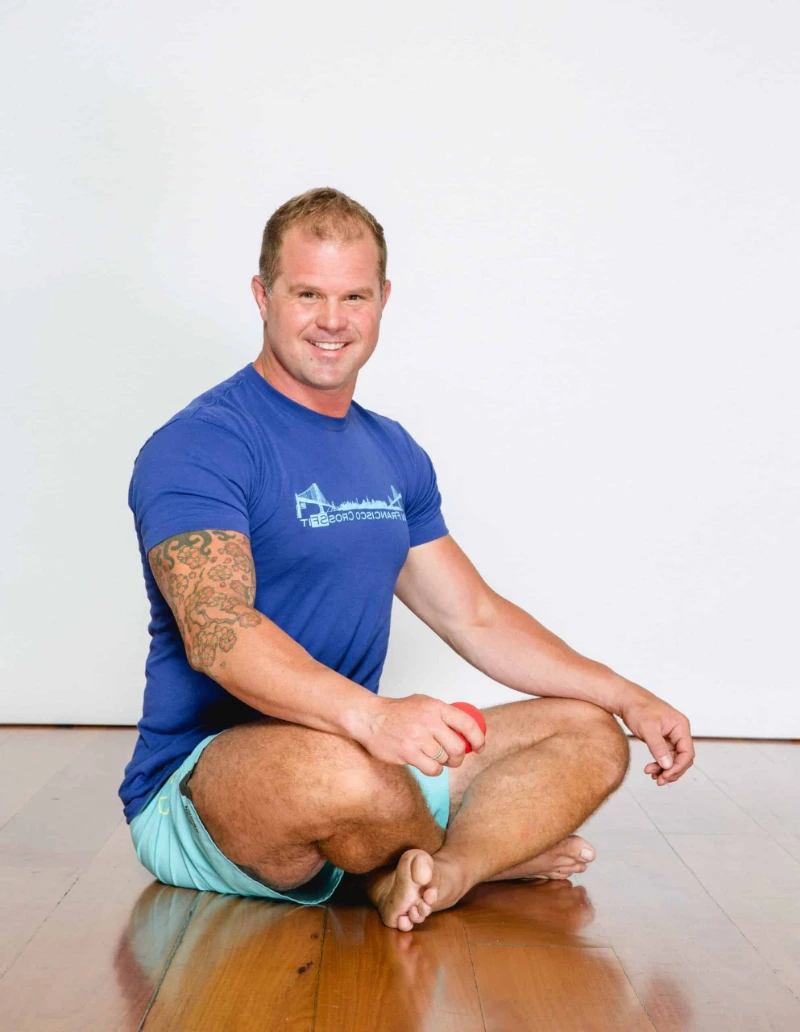
If you want to live longer, sitting on the floor might be the perfect exercise. According to a study published in the European Journal of Preventive Cardiology, sitting on the floor can help you live longer. Working against gravity during this simple exercise improves your overall strength and health. It also results in flexibility and improved muscle function. One drawback of this exercise is that it is not as comfortable as a comfortable chair and you cannot sit on the floor for long periods of time.
Among elderly and middle-aged people, the study was designed to evaluate the effect of sitting on the floor on mortality. According to lead researcher Dr. Claudio Gil Araujo, this exercise not only improves flexibility and muscle strength, but also improves the body's ability to perform daily tasks.
Team Sports
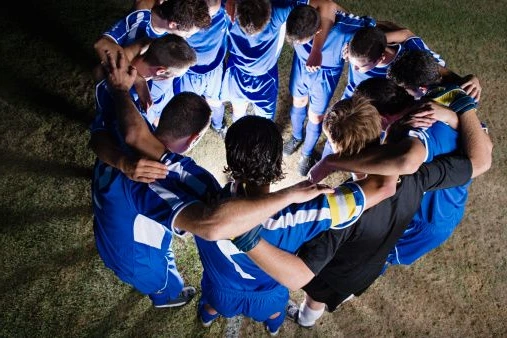
According to a recent study, team sports are the best exercise for longevity. Researchers compared volleyball statistics with volunteers' medical records and found that athletes who participated in team sports lived longer. Regardless of the sport, team sports are a great way to increase your fitness level and improve your social life. Plus, participating in team sports can make your workouts more enjoyable.
As a result, team athletes tend to have higher GPAs than non-athletes, and 97% of team athletes graduate from high school compared to 73% of non-athletes. A recent study published in Nature found that team sports require athletes to learn how to track multiple objects. So team sports require the same skills as driving and monitoring complex dynamic activities.











